Why Furniture Prices Are Suddenly Rising
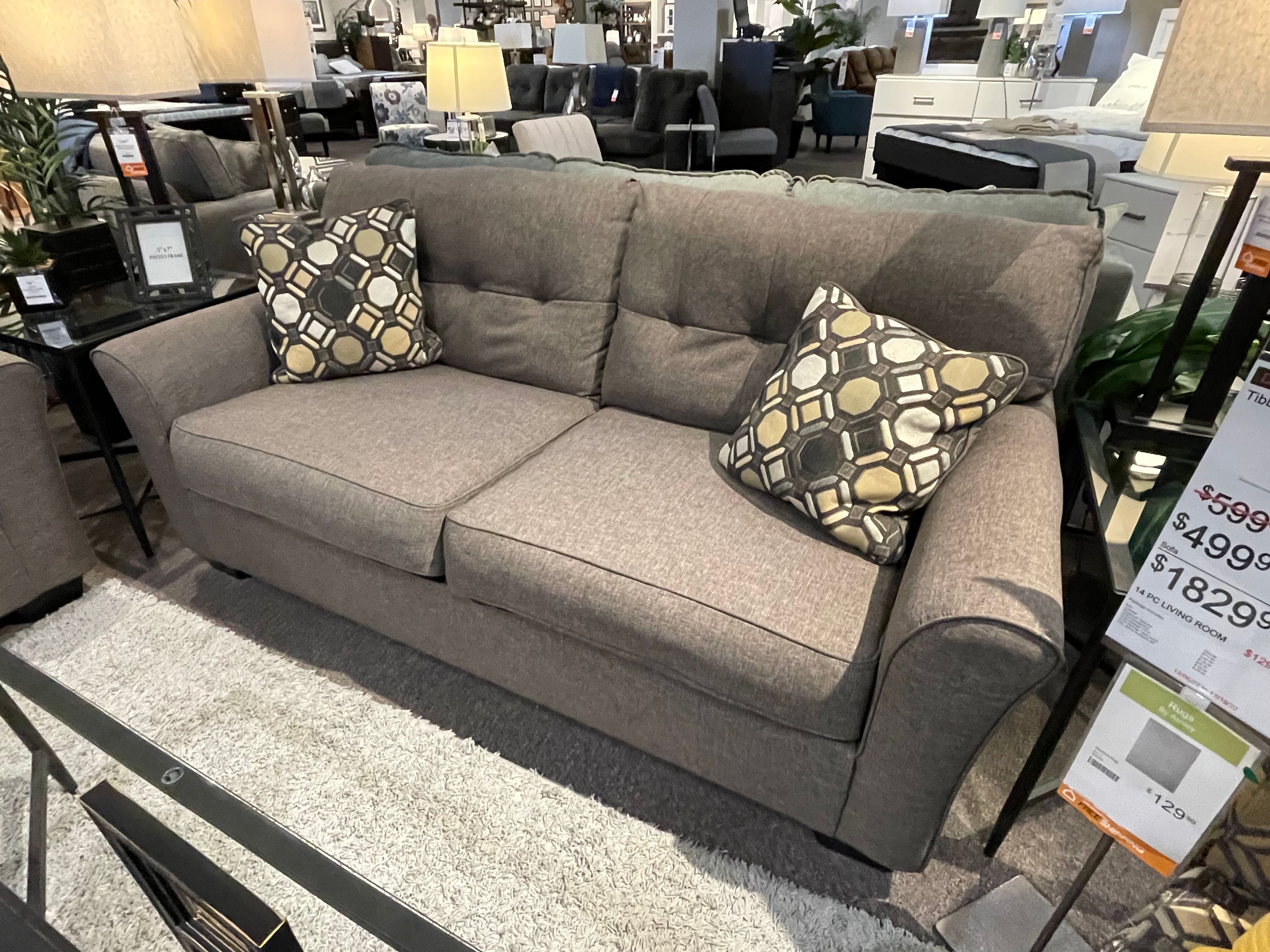
Have you noticed that the price tags on sofas and comfy chairs seem to be creeping up? If you’ve been furniture shopping lately, you’re not alone in your shock. According to the U.S. Bureau of Labor Statistics, furniture prices in the U.S. have climbed by over 15% since 2021. While inflation is partly responsible, a major reason for this recent jump is new tariffs targeting imported furniture. These tariffs are making it more expensive for retailers to bring sofas and sectionals into stores, which means those higher costs are landing squarely in your living room.
What Are Tariffs, Anyway?

Tariffs are essentially taxes that countries put on imported goods. The idea is to make imported items more expensive, encouraging people to buy products made closer to home. In early 2024, the U.S. government imposed new tariffs on a wide range of Chinese-made goods, including upholstered furniture. This means that every time a furniture retailer brings in a sofa from China, they now have to pay extra. Those extra costs don’t just disappear; they get tacked onto the price you see in stores.
How Much Have Tariffs Increased?

The numbers are surprising. In May 2024, the U.S. Trade Representative announced a sharp increase in tariffs on Chinese furniture imports, pushing rates from 25% up to 35%. That’s a huge leap, especially when you consider that nearly half of all sofas sold in the U.S. are imported from China. According to the International Trade Commission, the value of furniture imports affected by these tariffs exceeded $8 billion last year. Retailers now face much higher bills to stock their showrooms, and those bills are quickly showing up on your receipt.
Impact on American Furniture Shoppers

For many families, buying a new sofa is a big investment. With the average price of a mid-range couch already over $1,200, even a small increase stings. Consumer Reports found that, after the new tariffs, the average price for a three-seat sofa jumped by around $150 between January and April 2025. Shoppers on a tight budget are feeling squeezed, with some delaying purchases or settling for lower-quality items. The cost of upgrading your living room is suddenly a lot more daunting.
Retailers Are Struggling, Too
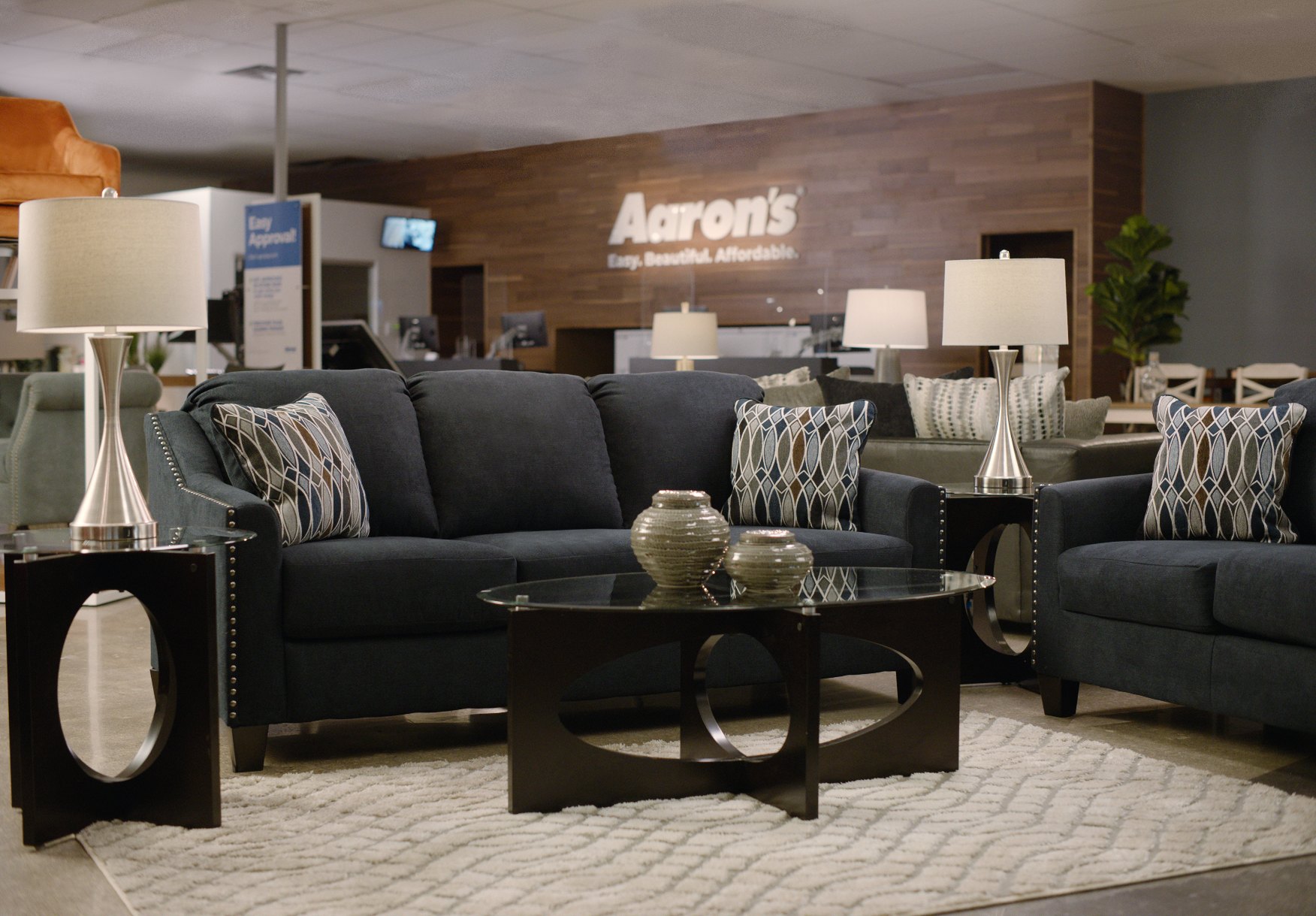
It’s not just buyers who are feeling the pinch. Furniture retailers are in a tough spot. Many have long relied on imports from China for affordable options, but with tariffs, their profit margins are shrinking. Some retailers have tried to absorb part of the cost, but most can’t afford to do so for long. Industry insiders from the American Home Furnishings Alliance report that several smaller furniture chains have seen sales drop by nearly 10% in the first quarter of 2025. The pressure is intense, and some stores are even closing their doors.
Why Not Just Buy American?
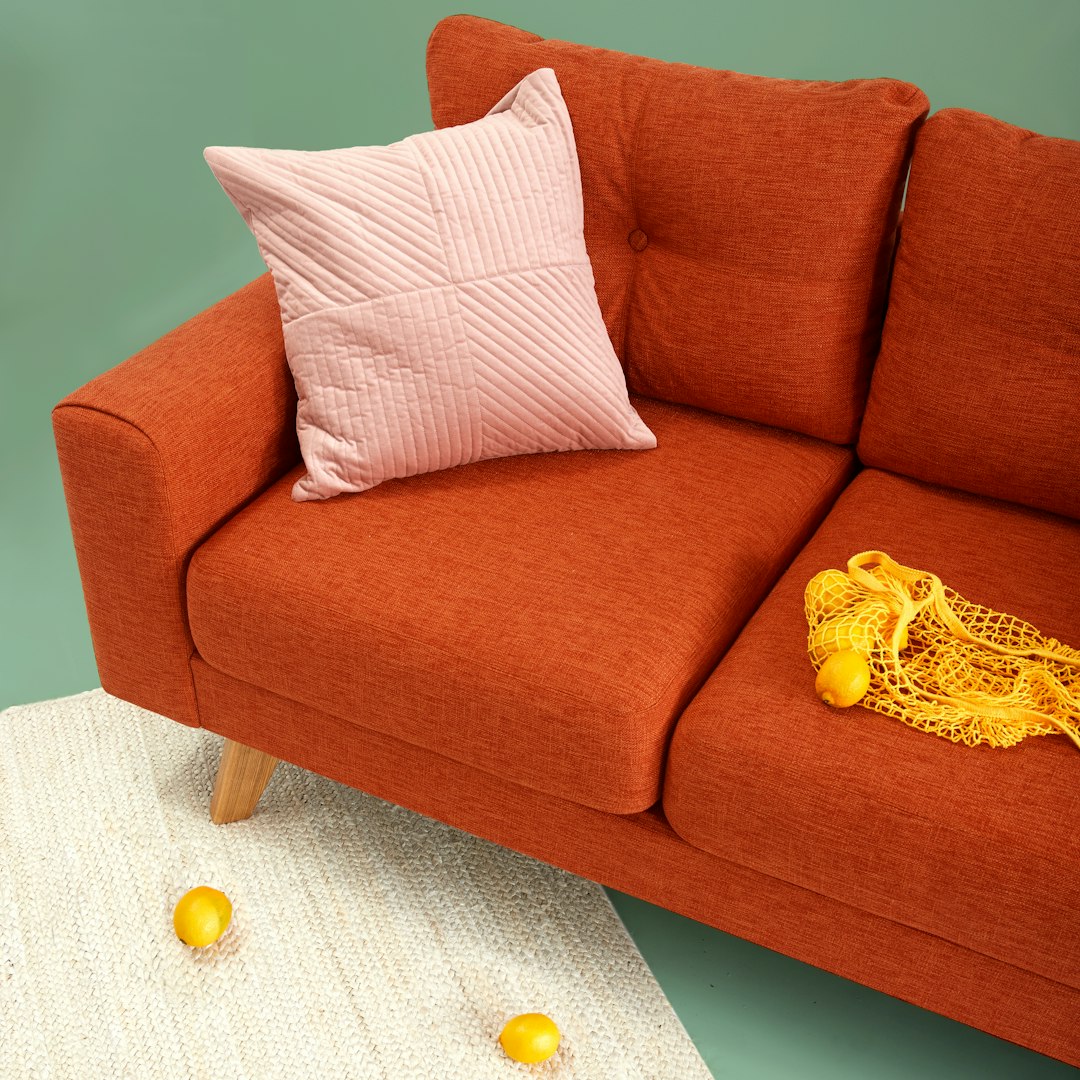
You might wonder if it’s time to simply buy American-made furniture. While that’s a great option in theory, it’s not so easy in practice. U.S. furniture manufacturers can’t instantly ramp up production to meet demand. According to the Federal Reserve, American furniture factories are already running close to capacity, and hiring skilled workers has proven difficult. As a result, domestic sofas are often more expensive and take longer to arrive, meaning the tariffs haven’t led to a sudden boom in local manufacturing—at least not yet.
The Domino Effect: Supply Chain Woes

Tariffs are only part of the story. The global supply chain is still recovering from the pandemic, and disruptions are everywhere. Shipping container costs have doubled since 2022, and delays are common. The National Retail Federation has warned that these bottlenecks make it even harder for retailers to find alternatives to Chinese imports. When it takes months for shipments to arrive—or costs twice as much to transport them—it all adds up to higher prices for you.
Consumers Are Changing Their Habits

Faced with sticker shock, more Americans are turning to secondhand solutions. Online resale sites like Facebook Marketplace and OfferUp have seen a noticeable uptick in sofa listings since the start of 2025. A recent survey by Statista found that 34% of U.S. adults were more likely to buy used furniture this year than last. Thrift stores and local consignment shops are also reporting higher sales. People are getting creative, reupholstering old couches or seeking DIY fixes to make their existing furniture last longer.
What Brands Are Doing to Cope
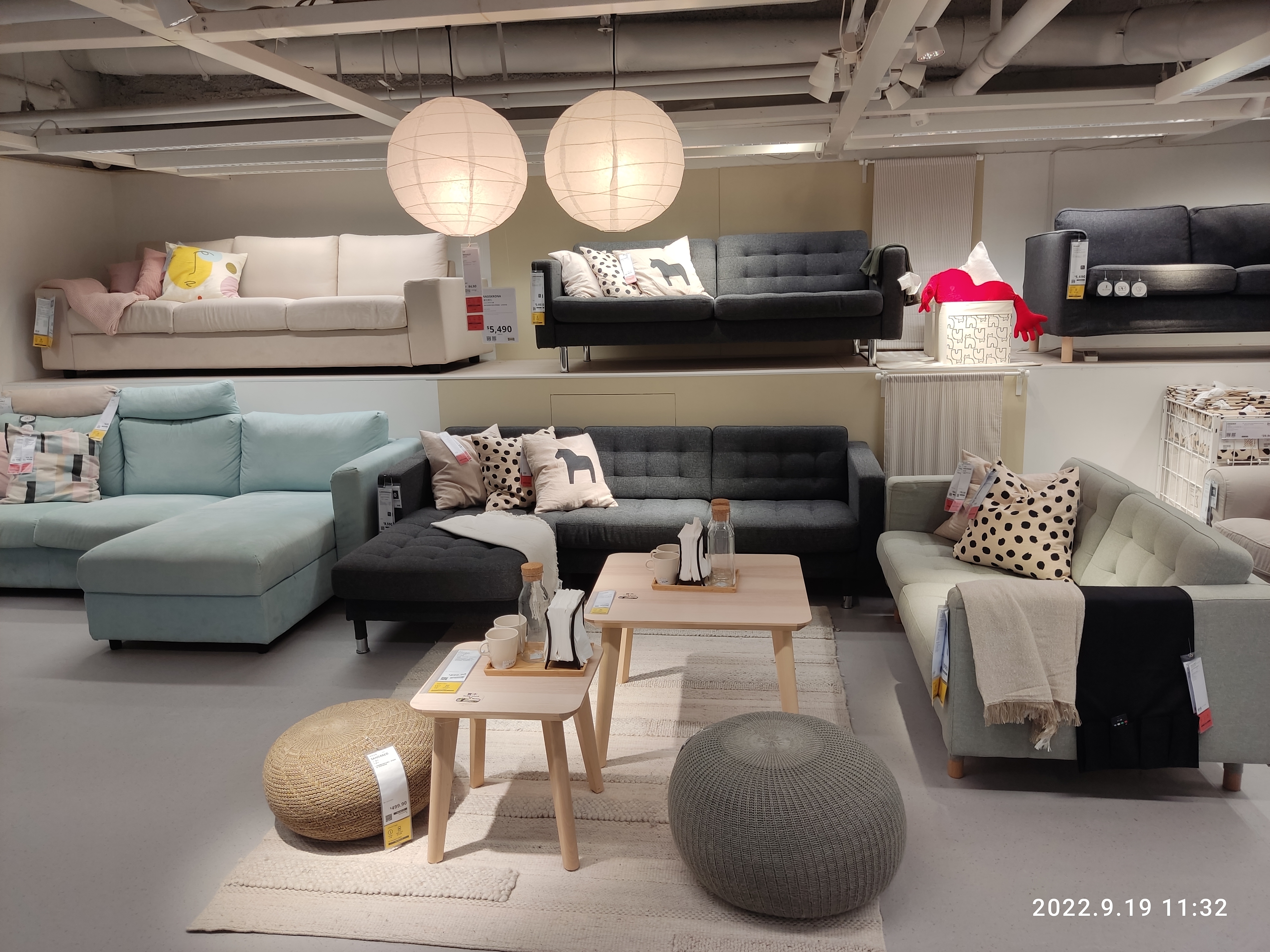
Major brands aren’t sitting still. Companies like IKEA and Ashley Furniture are actively searching for new suppliers in countries like Vietnam, Mexico, and Turkey to avoid steep Chinese tariffs. However, shifting supply chains takes time and money. Some brands have announced “temporary surcharges” for customers, while others are investing in more U.S.-based production. Industry experts from Furniture Today magazine say we can expect to see even more brands experimenting with new materials and modular designs to keep costs down.
Ways to Save on Your Next Sofa
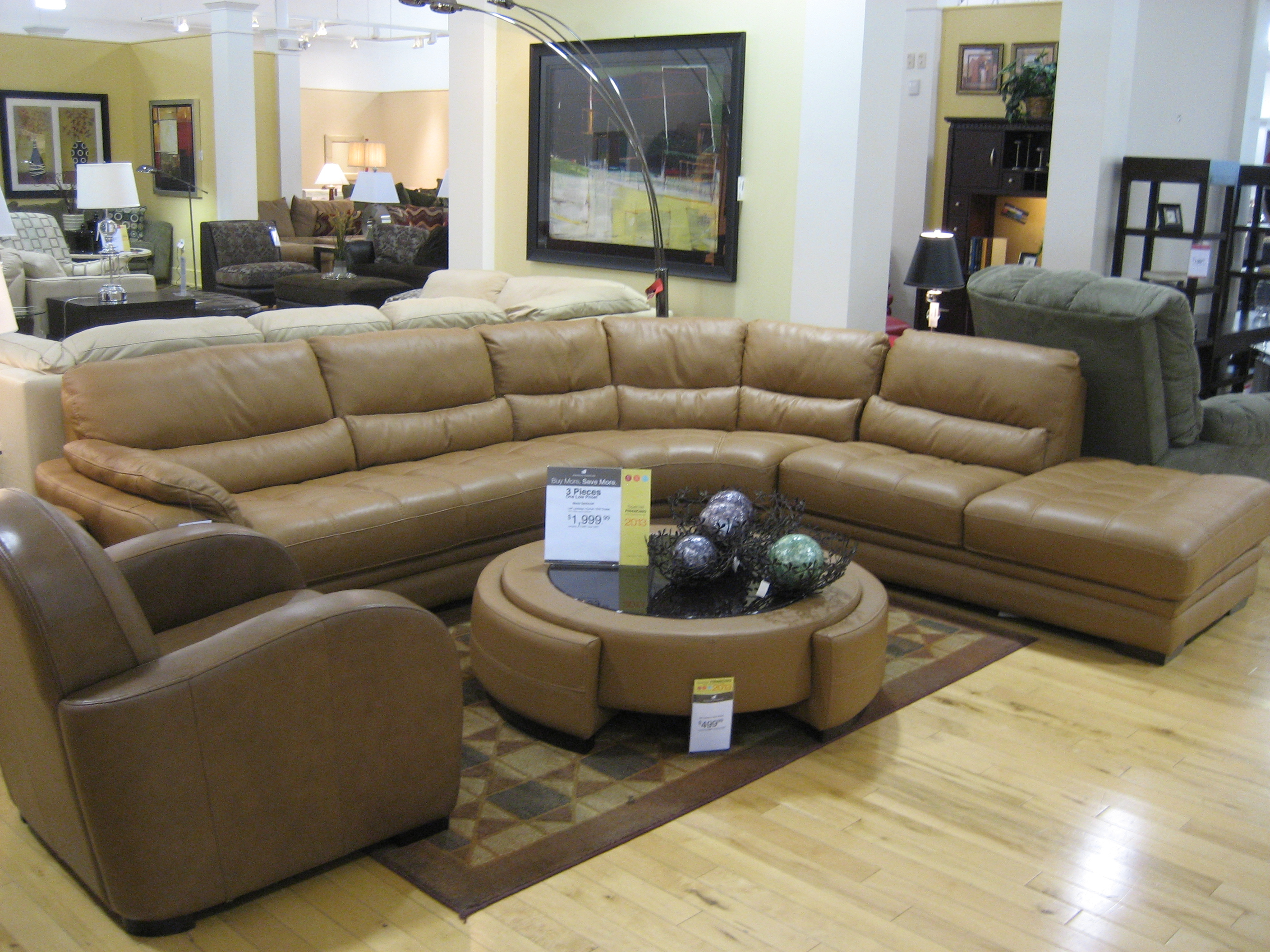
There are still options if you’re hoping to avoid the tariff price hike. Experts suggest shopping during major sales events, like Memorial Day and Labor Day, when retailers often offer deeper discounts to clear inventory. Consider looking at floor models, which are typically sold at a steep markdown. Exploring local, independent furniture makers could also yield surprising deals—some small shops aren’t as affected by tariffs if they use local materials. Finally, don’t overlook the growing number of furniture rental services, which let you enjoy a fresh look without a long-term commitment.
The Bottom Line: Tariffs Are Shaping Your Living Room

The next time you sink into a plush new sofa, remember—there’s a good chance tariffs played a role in its price tag. This isn’t just about economics; it’s about how everyday families decorate their homes, how businesses survive, and how global politics touch our daily lives. As the world keeps changing, your living room might just become the latest battleground in a worldwide trade war.

Henrieke Otte is an accomplished writer and content editor, specializing in topics that inspire thoughtful living—ranging from global travel and sustainable lifestyles to interior design and architecture. With a keen editorial sense and a background in cultural studies, Henrieke brings depth, elegance, and clarity to every piece she crafts.
Her work is known for its engaging voice, visual sensitivity, and ability to turn complex ideas into accessible, reader-friendly narratives. Whether exploring eco-conscious destinations, dissecting climate-conscious home trends, or curating serene living spaces, Henrieke writes with a balance of creativity and insight that resonates with design-savvy, environmentally aware audiences.
Driven by a love of meaningful storytelling and a refined aesthetic, Henrieke contributes regularly to digital platforms and magazines where quality content meets visual sophistication.
